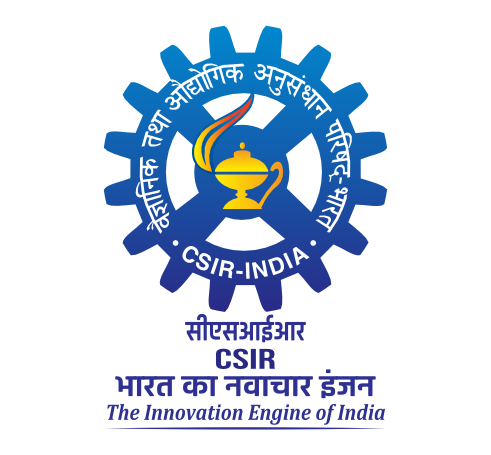Nanocarrier potential of small cardamom-derived exosome-like nanovesicles for the delivery of appetite-enhancing peptide, Ghrelin
Soundaram, Rajendran and Yashaswini, Jayaram and Janakiraman, Narayanan and Gopinath Sundaram, M. (2025) Nanocarrier potential of small cardamom-derived exosome-like nanovesicles for the delivery of appetite-enhancing peptide, Ghrelin. Food Bioscience, 69. pp. 1-11.
|
PDF
1-s2.0-S2212429225010065-main.pdf - Published Version Restricted to Registered users only Download (7MB) | Request a copy |
Abstract
Human appetite is tightly regulated by Ghrelin (GHRL), a 28aa peptide hormone. In an empty stomach, GHRL is secreted by the stomach epithelial glandular cells which acts on the hypothalamus, leading to appetite stimu lation and food intake. Loss of appetite, known as anorexia is a debilitating problem in patients undergoing chemotherapy as well as soldiers working at high altitudes (HA), primarily caused by lower plasma GHRL. Though restoration of plasma GHRL may re-establish appetite, naked GHRL delivery via enteral route is not possible due to its degradation in the gastrointestinal (GI) tract while parenteral route administration is discouraged due to its low plasma half-life. Plant-derived nanovesicles (PDNVs) are exosome-mimetic vesicles naturally present in plants. PDNVs are emerging as natural nanocarriers for the delivery of distinct cargoes for both in vitro and in vivo applications. Cardamom seeds are a nutraceutical spice with known appetite-stimulating attributes. Herein, we encapsulated GHRL peptide in small cardamom-derived PDNVs (SCDNVs) by active sonication and evaluated its in vitro bioavailability and gastrointestinal stability. SCDNVs exhibited high encapsulation efficiency for GHRL and were non-toxic to Caco-2 cells. Compared to native GHRL, SCDNV- encapsulated GHRL displayed better intracellular delivery potential in Caco2 cells and was resistance to the simulated gastrointestinal digestion process in vitro. Further, SCDNVs also possessed appetite-stimulating phy tochemicals such as α-terpinyl acetate and α-terpinol. Hence, GHRL-encapsulated SCDNVs represent a synergistic cocktail of an appetite-inducing hormone and phytochemicals in bioavailable form for anorexia therapy.
| Item Type: | Article |
|---|---|
| Uncontrolled Keywords: | Plant-derived exosome-like nanovesicles, Ghrelin, Anorexia, Bioavailability, Nanocarrier |
| Subjects: | 500 Natural Sciences and Mathematics > 04 Chemistry and Allied Sciences > 25 Peptide Chemistry 600 Technology > 08 Food technology > 30 Spices/Condiments |
| Divisions: | Molecular Nutrition |
| Depositing User: | Somashekar K S |
| Date Deposited: | 24 Jun 2025 10:44 |
| Last Modified: | 12 Nov 2025 08:36 |
| URI: | http://ir.cftri.res.in/id/eprint/19578 |
Actions (login required)
 |
View Item |

